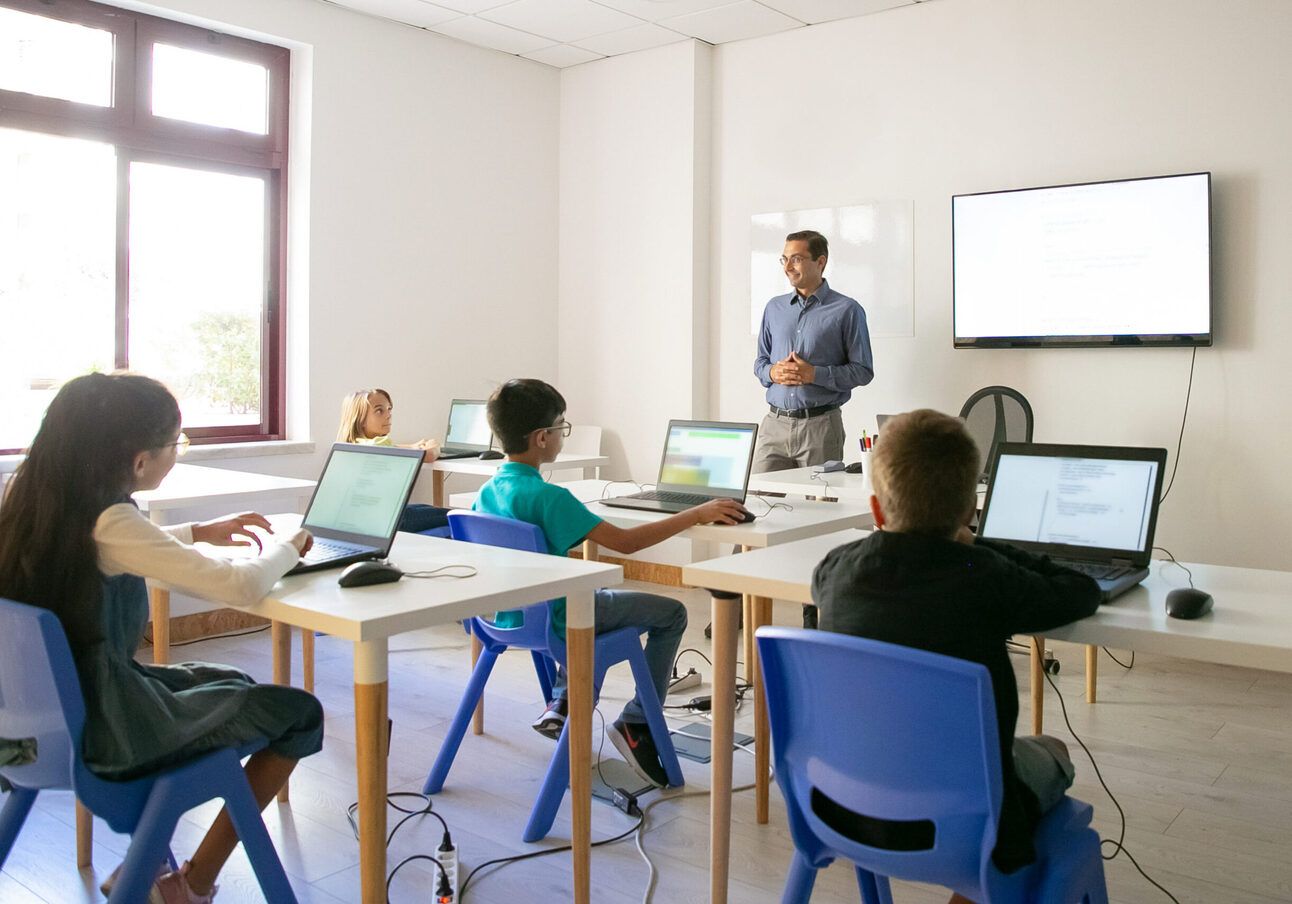- maktino Capitalieses
- Posts
- Challenges and Solutions in Online Learning for Children and Adolescents
Challenges and Solutions in Online Learning for Children and Adolescents
Online learning has become an essential tool in education, especially during global disruptions. While it offers flexibility and accessibility, it also presents unique challenges for younger learners. This article explores the challenges faced by children and adolescents in online learning and provides practical solutions.
Challenges and Solutions

Attention Span and Engagement
Challenges: Younger children struggle with maintaining attention during online lessons, often becoming easily distracted. Adolescents may face issues related to motivation and engagement.
Solutions: For children, incorporate interactive elements like games and quizzes to keep them engaged. For adolescents, use project-based learning and encourage peer collaboration to make content more relevant.
Challenges: Limited social interaction in online learning can impact the social development of children and lead to feelings of isolation in adolescents.
Solutions: Arrange virtual group activities and collaborative projects to promote interaction. For adolescents, create online communities or study groups to foster social connections.

Parental Involvement and Support
Challenges: Younger children require significant parental support, which can be challenging for working parents. Adolescents need guidance in time management and self-discipline.
Solutions: Provide parents with resources and flexible schedules to support their children. Encourage communication between parents and teens about their learning experiences.
Access to Technology
Challenges: Both age groups may face challenges related to the availability of reliable technology and internet access.
Solutions: Governments and schools should provide necessary technology and ensure affordable internet access for all students. Community centers can offer spaces with internet access.

Learning Environment
Challenges: Maintaining a structured and distraction-free learning environment at home can be difficult for both children and adolescents.
Solutions: Parents should create a consistent routine and a designated learning space for children. Adolescents should personalize their study space and develop a study routine that suits their needs.
Social Interaction and Isolation